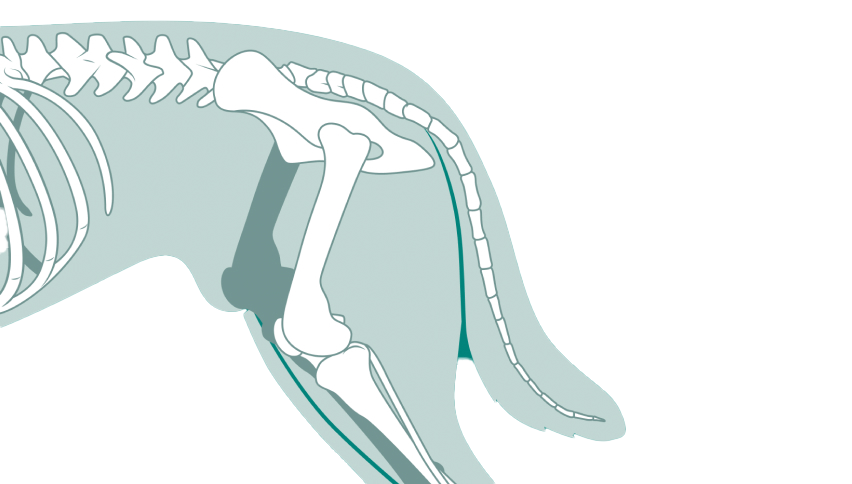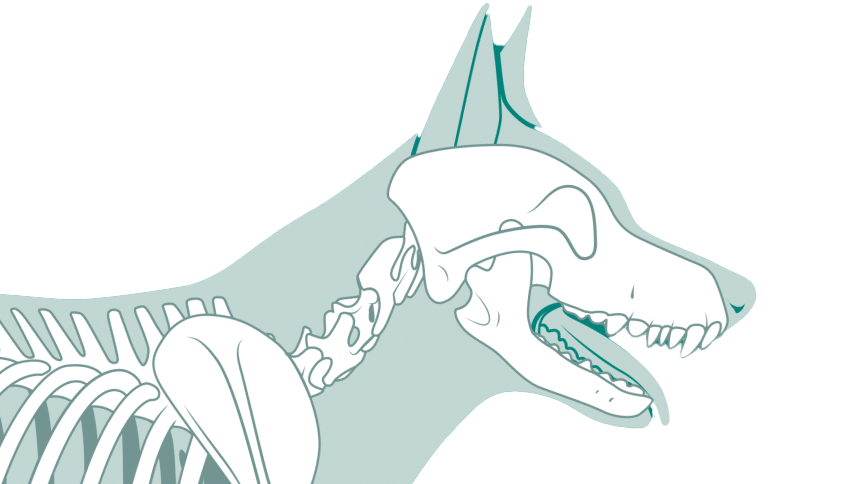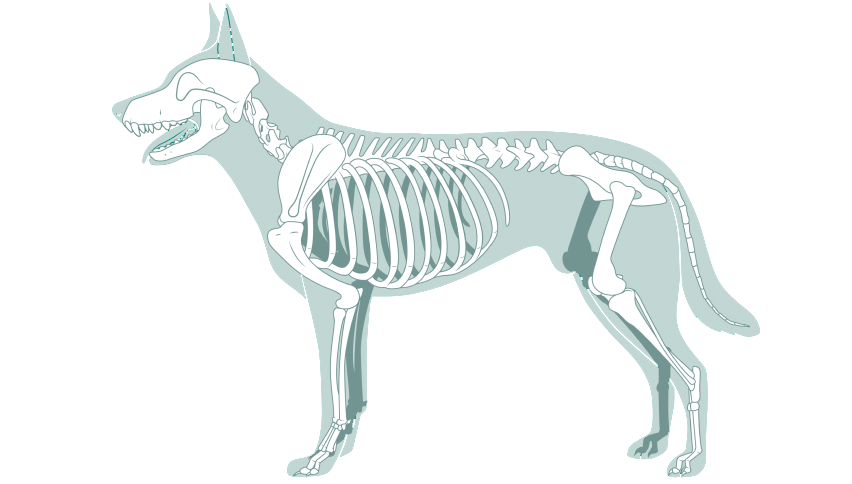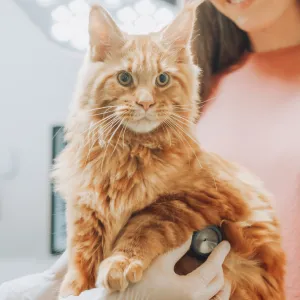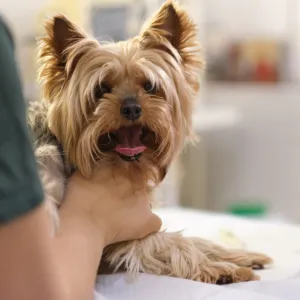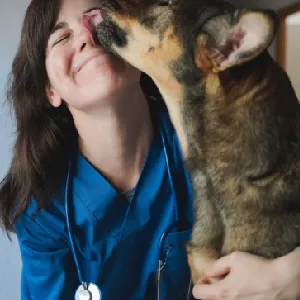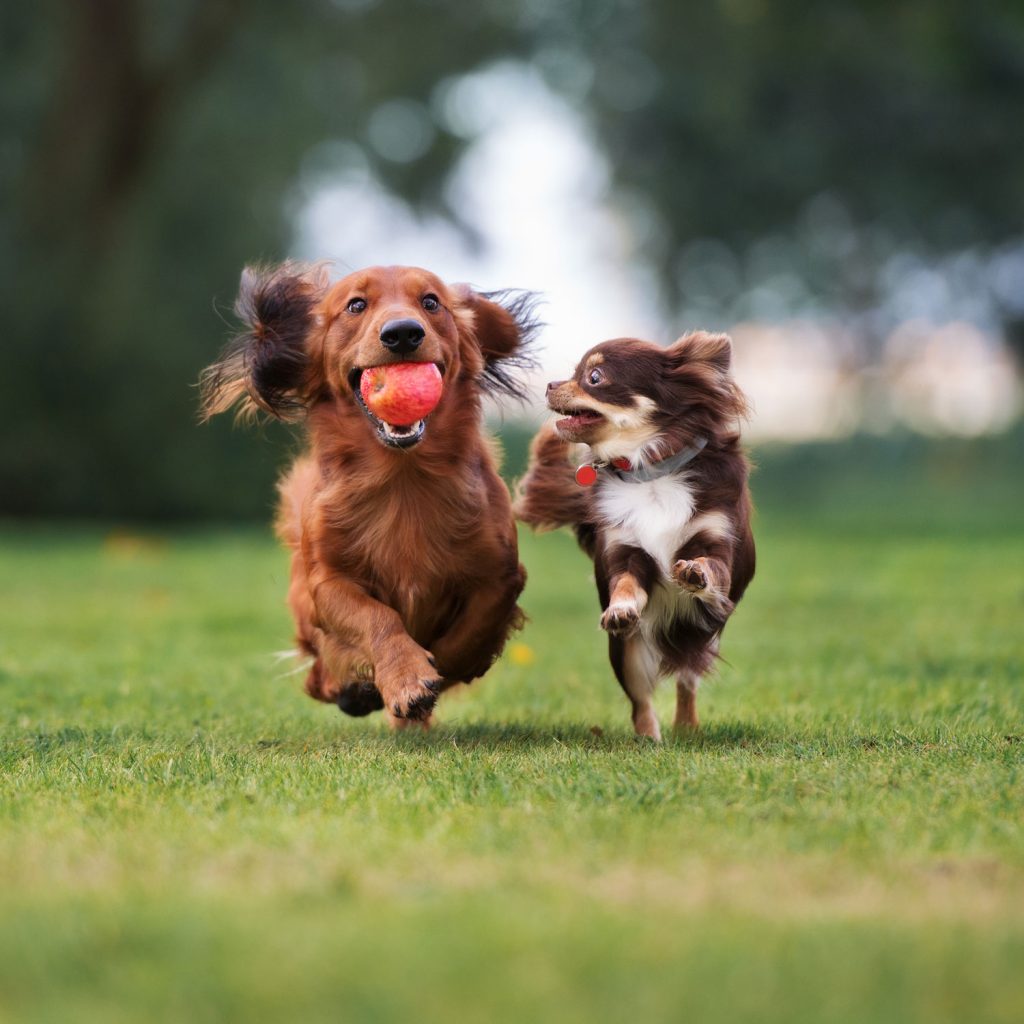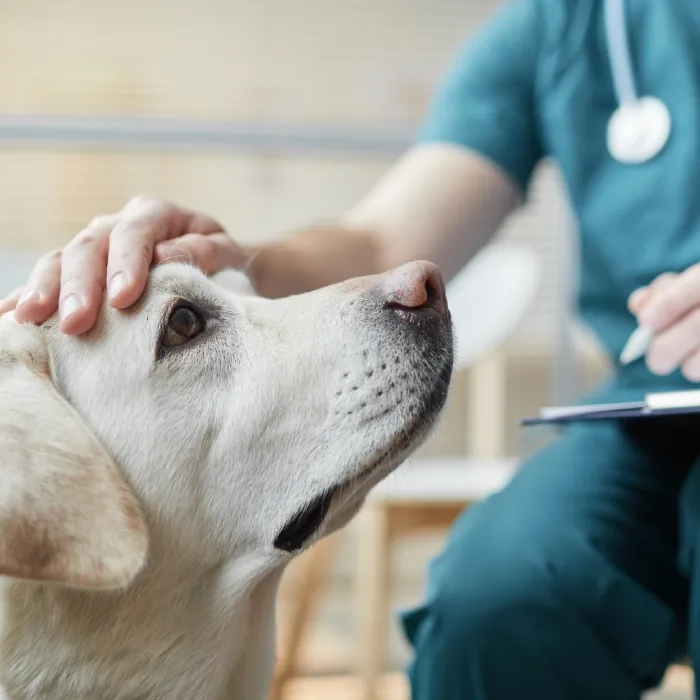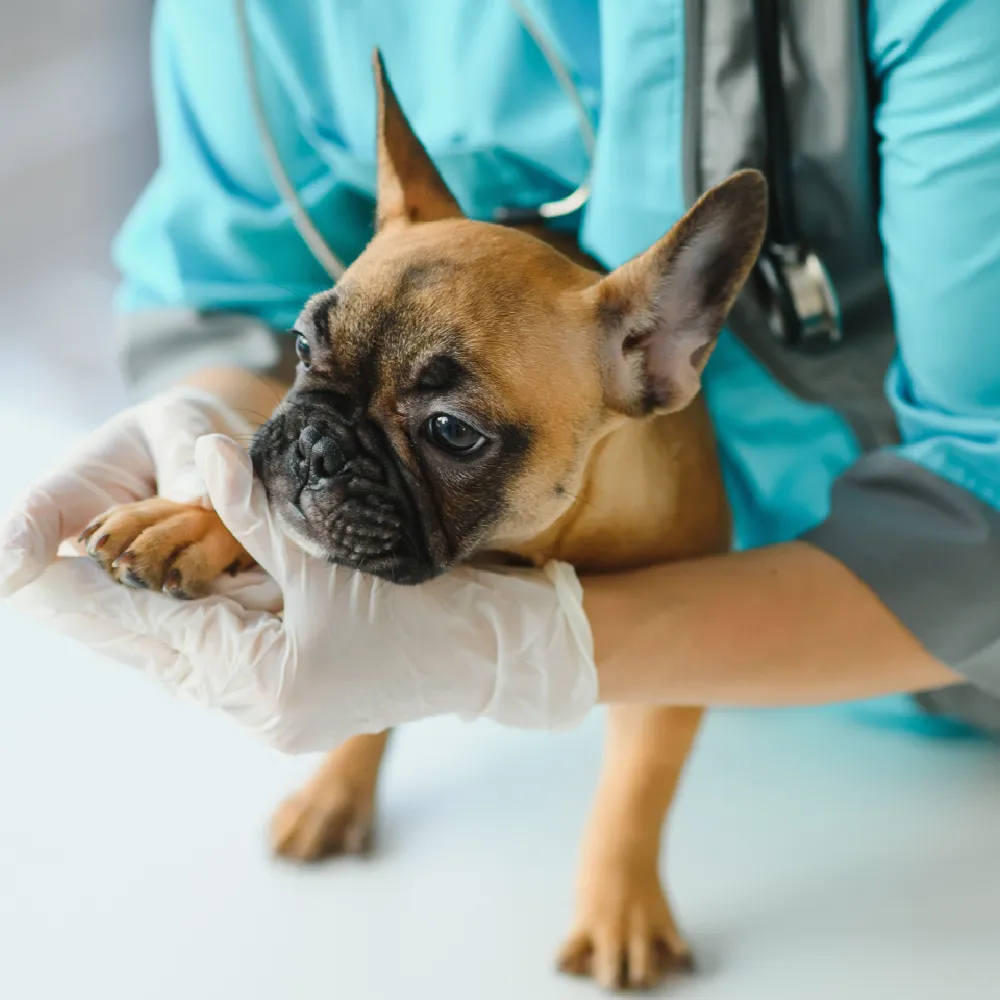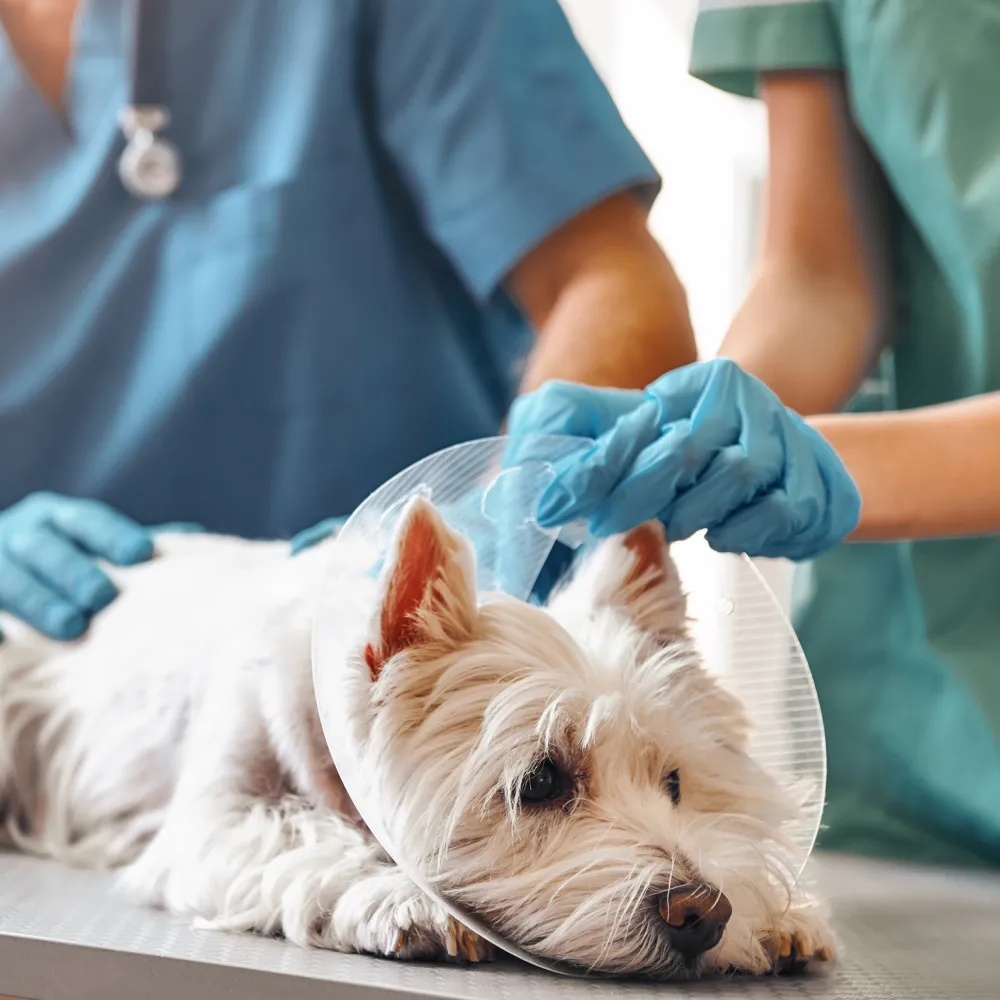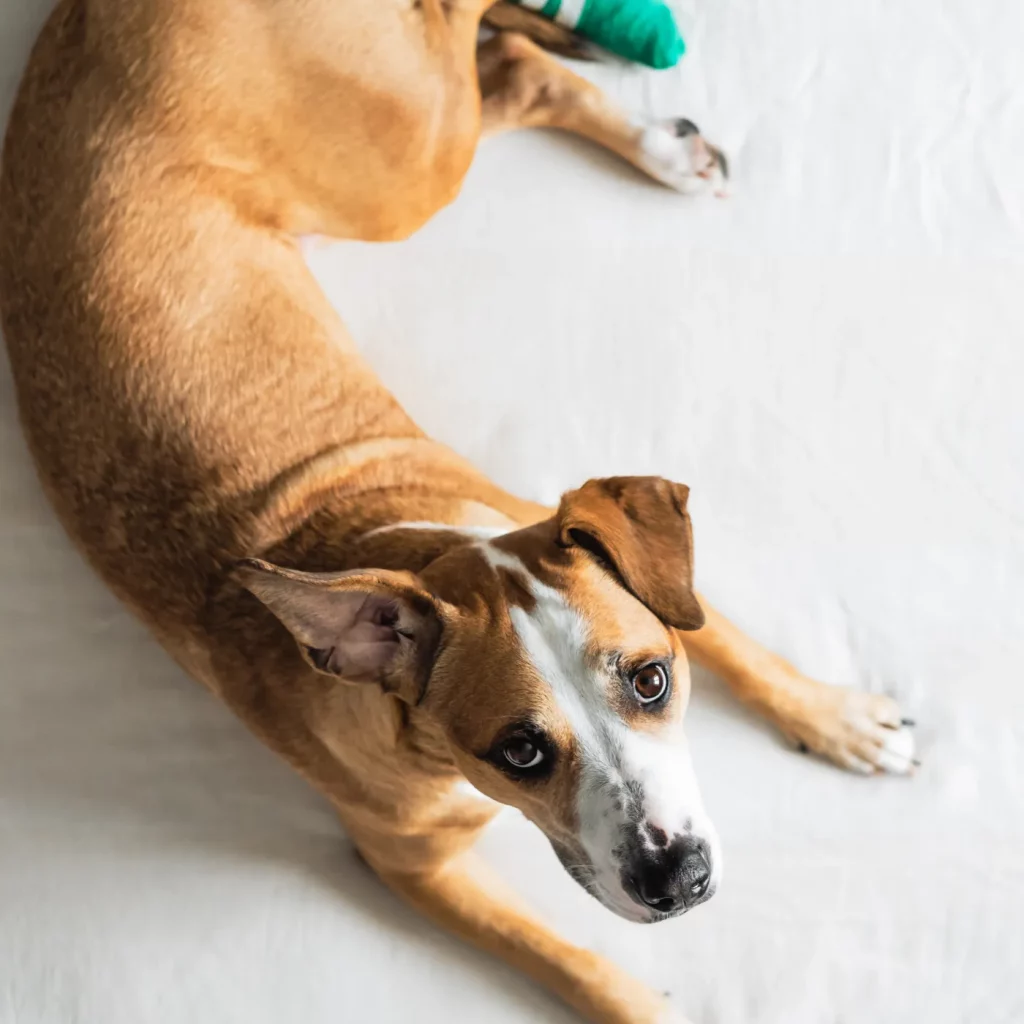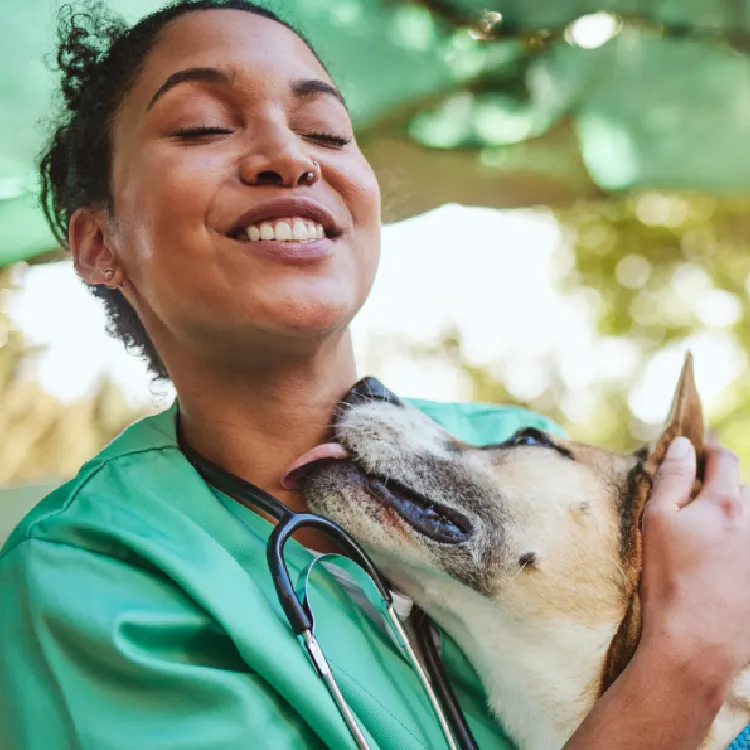The carpus is a complex joint composed of multiple small bones and ligaments, crucial for weight-bearing and mobility in pets. Severe trauma, chronic instability, or advanced arthritis can compromise its function, leading to pain and lameness. When other treatments like physical therapy or medications fail to provide relief, partial or pan-carpal arthrodesis offers a definitive solution by fusing the affected joints. This stabilizes the wrist and eliminates the source of pain, allowing the pet to regain confidence in using the limb.
The choice between partial and pan-carpal arthrodesis depends on the extent and location of the damage.
- Partial Arthrodesis:
This procedure targets specific joints within the carpus that are damaged while preserving motion in the unaffected parts. It is ideal for pets with localized injuries or mild instability, as it maintains some natural movement in the wrist. - Pan-Carpal Arthrodesis:
For pets with widespread damage or severe instability, pan-carpal arthrodesis fuses the entire carpal joint. The surgeon uses a combination of plates, screws, and bone grafts to stabilize the wrist completely. While this eliminates all movement in the joint, it ensures a pain-free and functional limb for weight-bearing.
Advanced imaging is used pre-operatively to assess joint damage. During surgery, damaged cartilage is removed, and the bones are fused using specialized implants. Precision techniques minimize surrounding tissue disruption, ensuring a smooth recovery.
Arthrodesis is typically recommended for pets with:
- Severe carpal trauma, such as fractures or dislocations.
- Chronic joint instability that cannot be managed conservatively.
- End-stage arthritis causing debilitating pain.
Younger pets with long life expectancies are good candidates, as the procedure offers a permanent solution that enables them to lead active, pain-free lives. Older pets can also benefit, provided they are otherwise healthy and able to handle surgery.
Diagnosis involves a thorough evaluation, including imaging such as X-rays or CT scans, to determine the extent of the damage. Pre-operative care includes ensuring the pet is in optimal health for anesthesia and surgery.
Post-surgical recovery involves:
- Restricted Activity: Strict rest for the first 6–8 weeks allows the fused joint to heal properly.
- Rehabilitation: Once healed, physical therapy helps the pet adapt to the altered biomechanics of the limb.
With proper care, pets undergoing arthrodesis experience significant improvements in comfort and mobility. While the joint loses flexibility, the pet’s ability to walk and run without pain is greatly enhanced, restoring their quality of life.
Our areas of expertise
Transforming the way orthopedic care is delivered
For Vets
Refer your patients to our specialists using our streamlined online portal.
Referral portalFor Pets
Request a consultation or prepare for surgery with us and experience expert compassionate care every step of the way.
Request a consultation